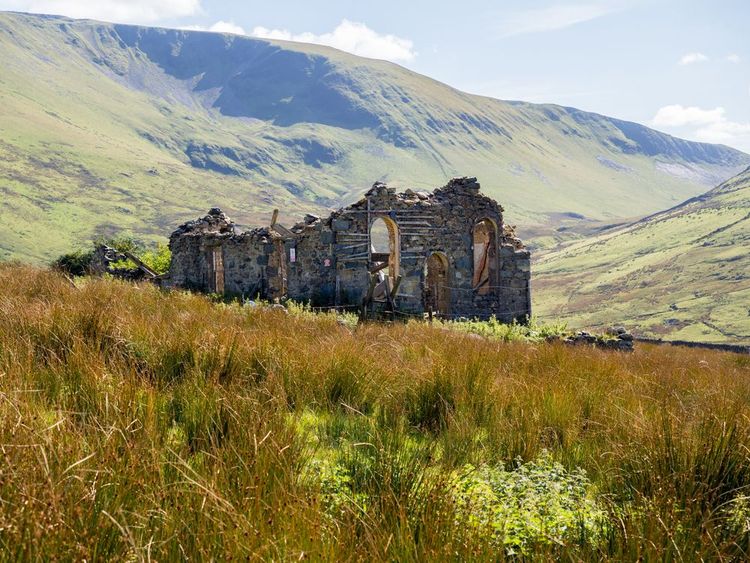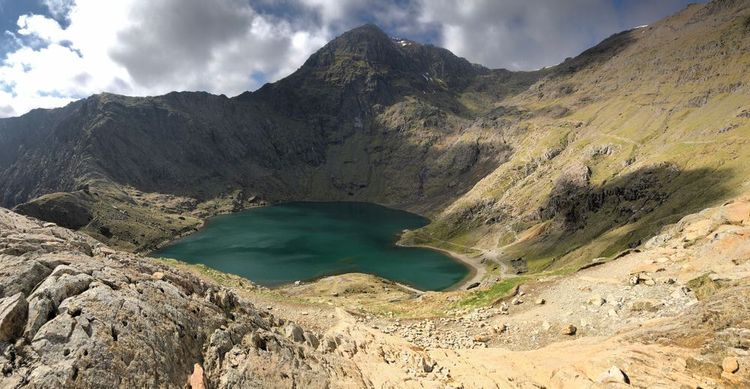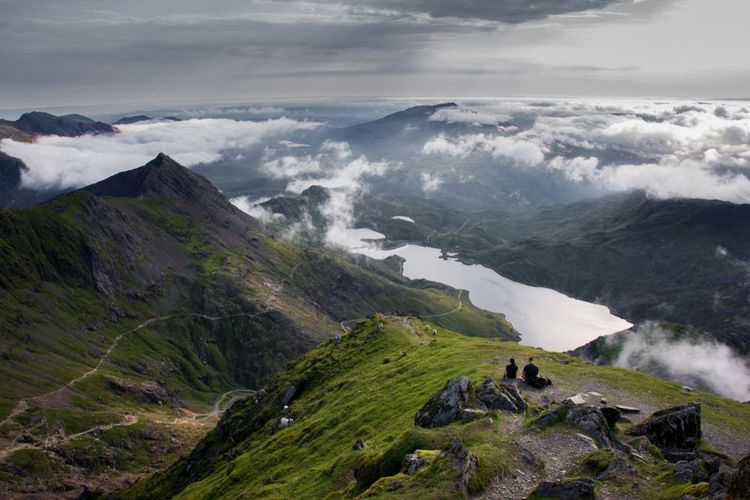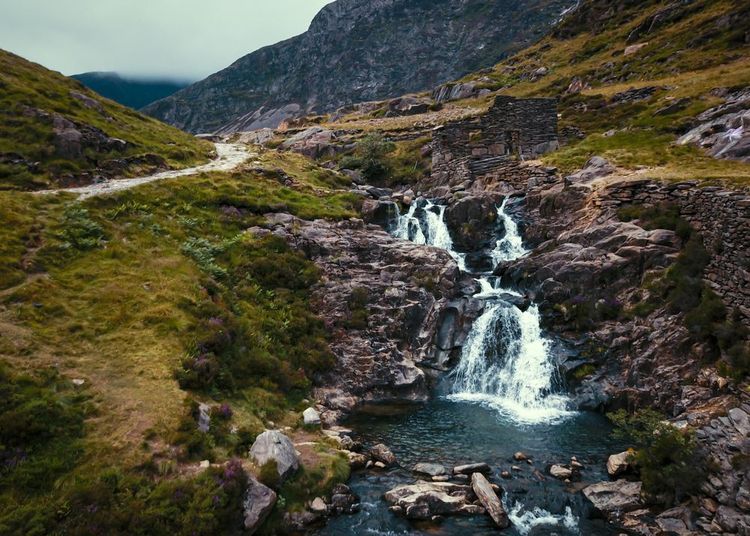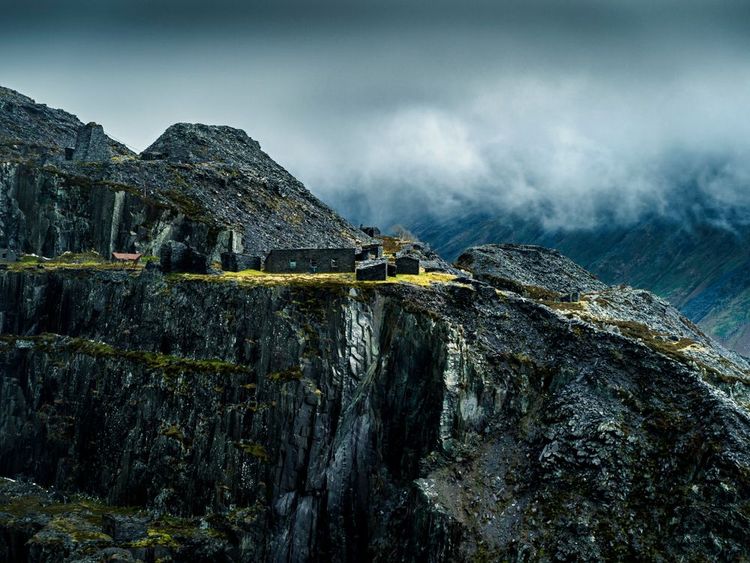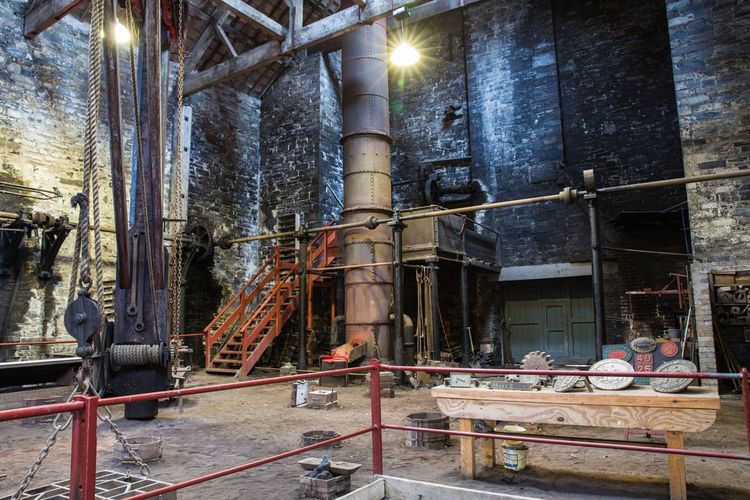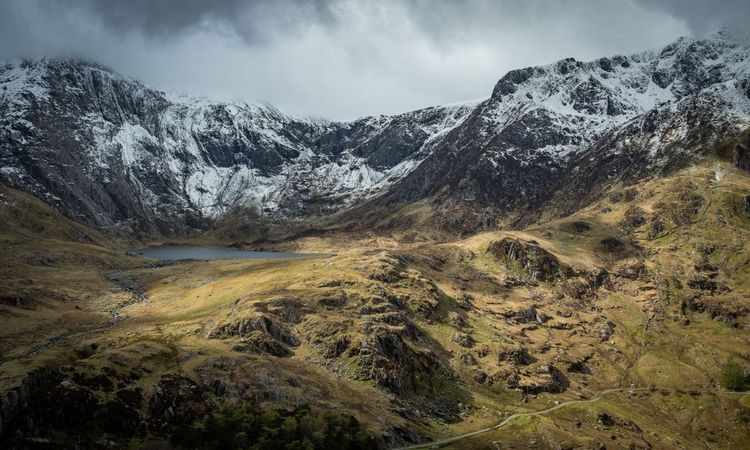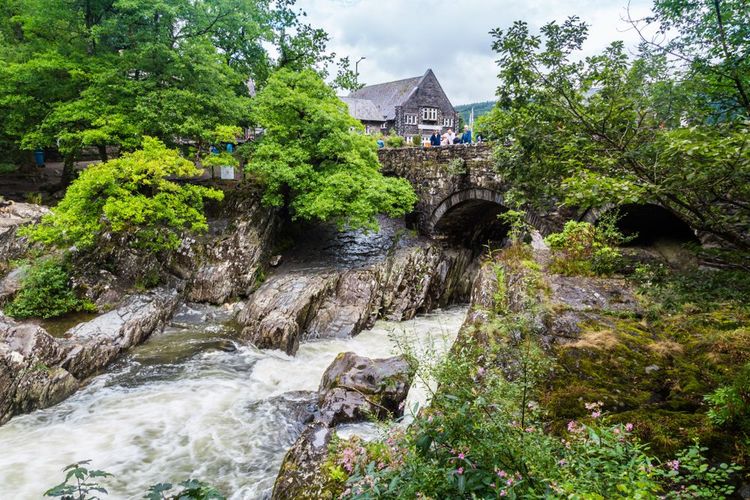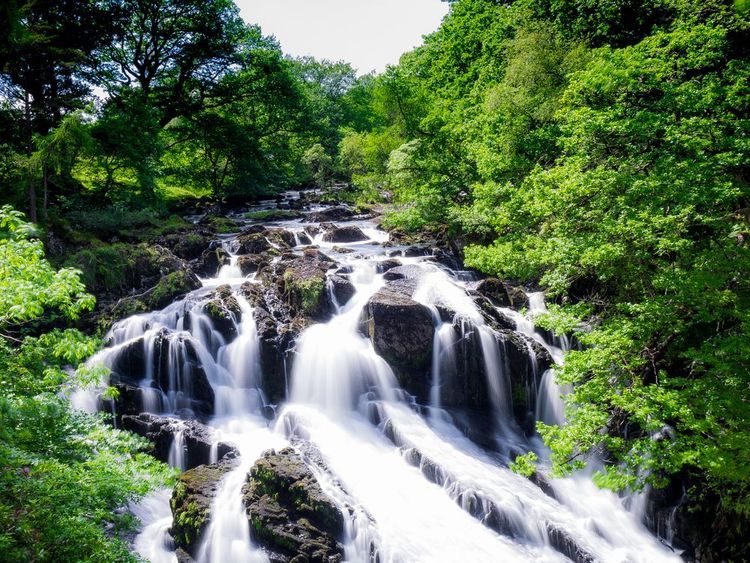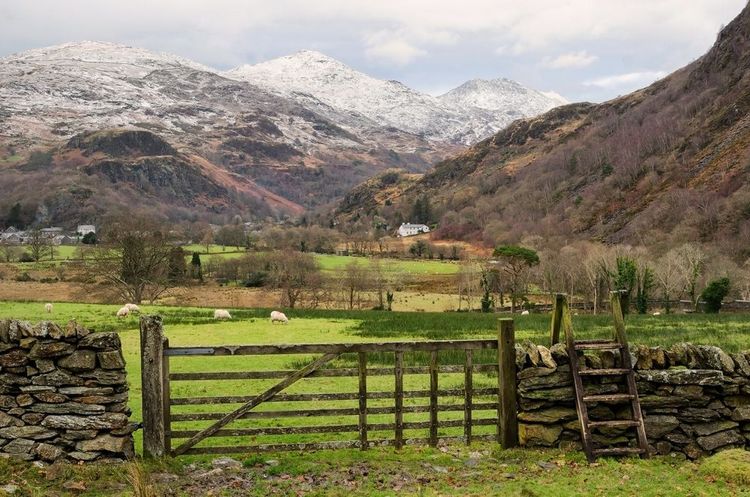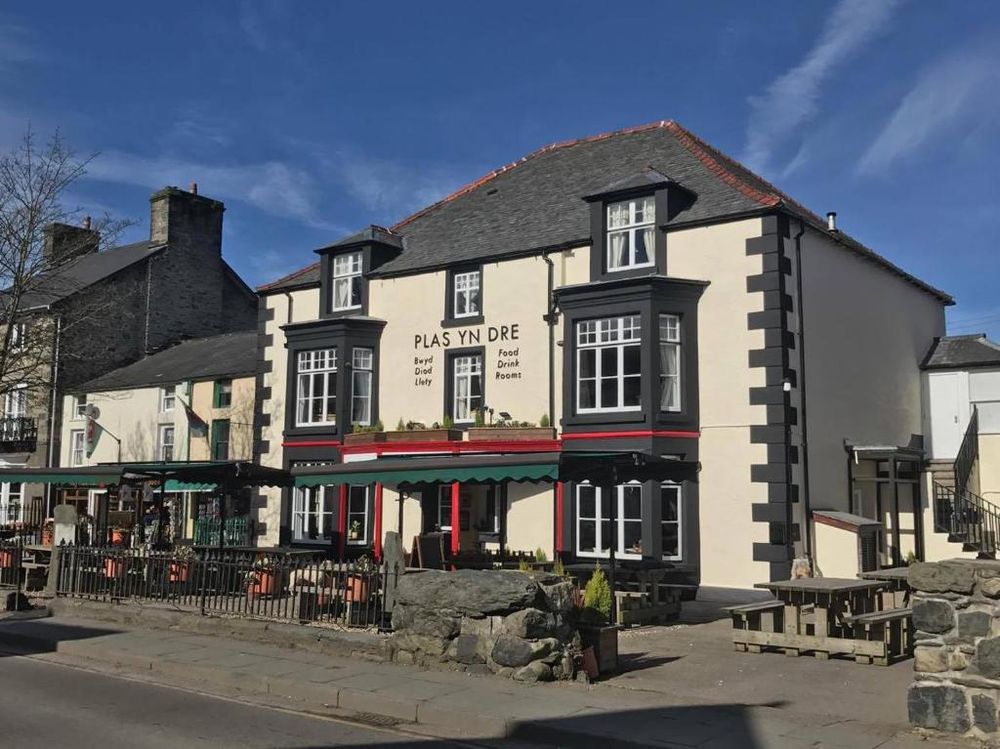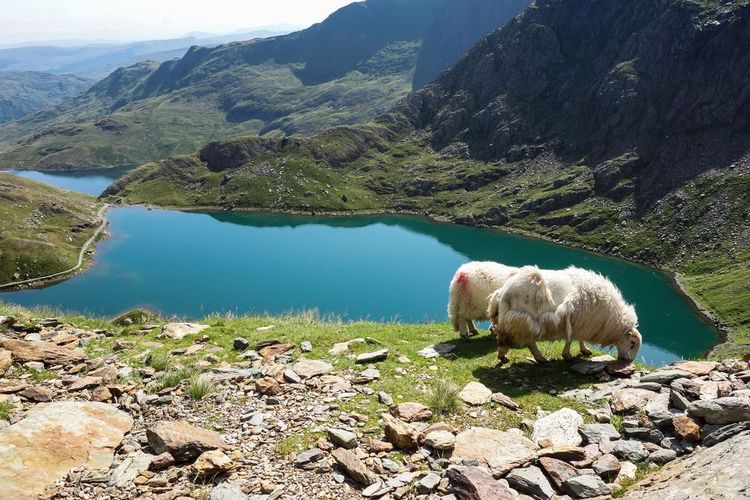The tallest mountain in Great Britain outside the Scottish Highlands, Snowdon, which soars 1,085m (3,560ft) into the sky, is the jewel in Snowdonia’s gorgeous natural crown and is a perennial hiker’s favourite, comprising one part of the National Three Peaks Challenge (alongside Scotland’s Ben Nevis and England’s Scaffel Pike) and welcoming almost 600,000 walkers every year. A monumental labyrinth of pathways that snake between craggy summits, dizzying rocky ridges, and shimmering crystalline lakes, the mountain is known as Gwyddfa Rhita __(Rhita’s cairn) in Welsh, an homage to the mythical giant Rhita who, in the annals of Welsh folklore, was slain in battle with King Arthur and subsequently buried where the mountain now stands…
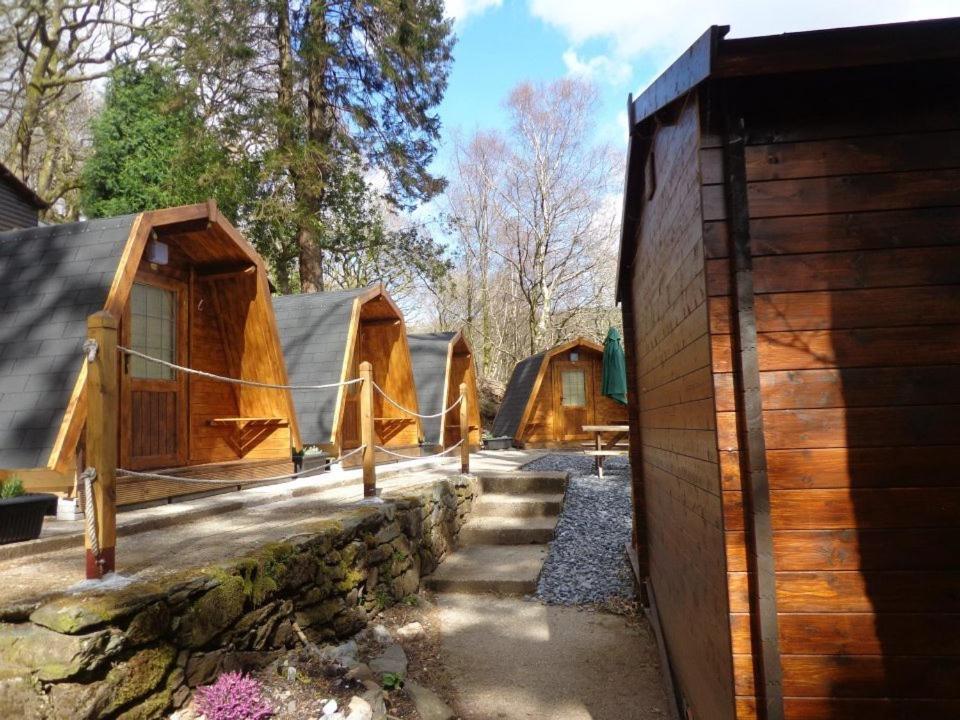 Wales
Wales
